
Columna Medical Center
Columna Medical Center in Bucharest, Romania Offers High Quality Treatments
Columna Medical Center Profile Overview

FERTILITY AND IVF CENTER. MULTIDISCIPLINARY CLINIC.

Located in the heart of Bucharest, Columna Medical Center is a multidisciplinary clinic as well as a modern fertility center.
Endowed with latest technology equipments and a medical team whose experience in the field of Assisted Reproductive Technologies is outstanding, the medical clinic’s goal is to diagnose and solve all infertility problems a couple may be facing.

With a surface of almost 1800 sqm, the medical center is divided in two specific areas:
- Multidisciplinary medical center
- Assisted Reproductive Technology Department
Both medical center and A.R.T Department have separate access ways as well as separate reception desks, thus offering extra intimacy and discretion to all couples interested in infertility treatments and procedures.
Within the medical center there can be found medical specialties such as:
- Obstetrics & gynecology
- Dermatovenerology
- Urology
- General surgery & Plastic and Aesthetic surgery
- Anaesthesia and intensive care
- Cardiology
- Neurology
- Internal Medicine
- Infectious Diseases
- Hematology
- Psychology
- Diabetes, nutrition and metabolic diseases
- Endocrinology
Related competencies: General, obstetric and endocrine ultrasound, colposcopy, flebology.

IVF Laboratory
Assisted Reproductive Technology Departments includes the monitoring examination room, the IVF laboratory, Cryo storage room, operation room, preoperative and postoperative room, in vitro fertilization laboratory as well as 4 modern wards for postanaesthia surveillance of the patients.

The IVF Laboratory has got separate rooms for processing and storage and it is monitored 24 /7 through Planer Assure 24 System, thus being able to prevent any type of incident which may affect the quality or the survival of embryos.
The laboratory is fully equipped with Origio equipments:
- Fortuna IVF workstations
- CO2 Galaxy incubator
- Planer BT37 benchtop incubators
- Nikon SMZ stereomicroscope
- Inverted microscope Nikon Ti-U
- Nikon microscopy
The IVF Center includes: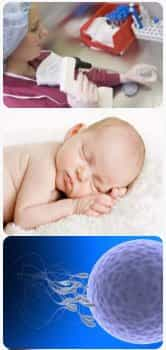
- A cabinet for monitoring and drafting the documentation necessary for the medical procedure
- Four reserves
- Operations rooms built according to the European standards where, beside the IVF specific procedures, other surgical interventions can also be made, such as: hysteroscopy, laparoscopy, testicular biopsy, necessary in certain cases for fertilization
- A IVF laboratory – with separated areas of processing and storage, monitored 24h to be able to avoid any accidents which could affect the quality or survival of the embryos, monitoring the air, temperature, gas concentration in the incubators, as well as monitoring the nitrogen level in the storage containers
The other part of the clinic is intended for related investigations to in vitro fertilization and has cabinets with the following specialties:
- Obstetrics-gynecology
- Medical imagistic, 4D echography
- Endocrinology
- Urology
- Dermatovenerology
- Work medicine
- Internal medicine
- Cardiology
- Neurology
- Psychiatry/ Psychology
- Infectious diseases
- Hematology
- Diabetes and nutrition diseases
- Kinetic therapy
- Anesthesia and intensive therapy
- General Surgery


The best experts in the field!
The team of Columna Medical Center is made of professionals who place a premium on the respect to the doctor profession and to the patient, striving to offer the latter a professional medical service at European standards.
Among the equipments to be found within the medical center, there can be mentioned:
- Voluson 730 Expert BT08 Ultrasound
- Philips HD 7XE Echocardiography system
- Carl Zeiss 150 FC Colposcope
- Fukuda Denshi UF-400 AX Portable Ultrasounds
- ECG Cardiax and many others
Complex care!
Columna Medical Center’s goal is to provide professional medical services within an unique, modern and inviting location specially conceived as to satisfy even the most exacting needs of a modern patient for whom quality and professionalism always come first.

Columna Medical Center, Bucharest, Romania Profile Details

FERTILITY AND IVF CENTER. MULTIDISCIPLINARY CLINIC.
|
Having a surface of 1800 sqm, the clinic is divided in two: IVF Center and Medical Clinic. Columna Medical Center, with 13 medical cabinets specially designed to provide all other investigations and treatments previous to in vitro fertilization, thus meeting all of the patients needs, 2 reception rooms and one Kinetic room. All the cabinets are equipped with premium devices and equipment both in performance, and as brand in the field. The In Vitro Fertilization Center has a separate access way, being situated in another wind of the building, in order to ensure the necessary intimacy for each patient and is equipped and developed in such a way so as to be able to successfully use all the Assisted Human Reproduction techniques.
“No-scalpel and no needle vasectomy” PHLEBOLOGY – TREATMENT OF VARICOSE VEINS SUPPORT GROUP PREGNANT WOMEN GYMNASTICS
The team of Columna Medical Center is made of professionals who place a premium on the respect to the doctor profession and to the patient, striving to offer the latter a professional medical service at European standards.
All the cabinets are equipped with premium devices and equipment both in performance, and as brand in the field.
Columna Medical Center has 13 medical cabinets specially designed to provide all the other investigations and treatments previous to in vitro fertilization, thus meeting the needs of the patients, 2 reception rooms and one Kinetic room.
|
Columna Medical Center Treatments Offered

FERTILITY AND IVF CENTER. MULTIDISCIPLINARY CLINIC.
Columna Medical Center Certificates, Accreditations, Qualifications

FERTILITY AND IVF CENTER. MULTIDISCIPLINARY CLINIC.
|
The team of Columna Medical Center is made of professionals who place a premium on the respect to the doctor profession and to the patient, striving to offer the latter a professional medical service at European standards.
|
Columna Medical Center Testimonials
Columna Medical Center Awards & Recognitions
Bucharest, Romania Destination Overview

FERTILITY AND IVF CENTER. MULTIDISCIPLINARY CLINIC.
|
Bucharest has a temperate climate (Köppen climate classification Cfa). Due to its position on the Romanian Plain, the city's winters can get windy, even though some of the winds are mitigated due to urbanisation. Winter temperatures often dip below 0 °C (32 °F), sometimes even dropping to −20 °C (−4 °F). In summer, the average temperature is approximately 23 °C (73 °F) (the average for July and August), despite the fact that temperatures frequently reach 35 °C (95 °F) to 40 °C (104 °F) in mid-summer in the city center. Although average precipitation and humidity during summer are low, there are occasional heavy storms. During spring and autumn, average daytime temperatures vary between 17 °C (63 °F) to 22 °C (72 °F), and precipitation during this time tends to be higher than in summer, with more frequent yet milder periods of rain.
Bucharest is situated on the banks of the Dâmbovi?a River, which flows into the Arge? River, a tributary of the Danube. Several lakes – the most important of which are Lake Her?str?u, Lake Floreasca, Lake Tei, and Lake Colentina – stretch across the northern parts of the city, along the Colentina River, a tributary of the Dâmbovi?a. In addition, in the center of the capital there is a small artificial lake – Lake Ci?migiu – surrounded by the Ci?migiu Gardens. The Ci?migiu Gardens have a rich history, being frequented by famous poets and writers. Opened in 1847 and based on the plans of German architect Carl F.W. Meyer, the gardens are currently the main recreational facility in the city center.
Bucharest has a diverse and growing cultural scene, with cultural life exhibited in a number of various fields, including the visual arts, performing arts and nightlife. Unlike other parts of Romania, such as the Black Sea coast or Transylvania, Bucharest's cultural scene is much more eclectic, without a defined style, and instead incorporates various elements of Romanian and international culture. Bucharest has an eclectic mixture of elements from traditionally Romanian buildings to buildings that are influenced by French architects. It is because of this French influence that Bucharest was once called "the Paris of the East" or "Little Paris."
There are a number of cultural festivals in Bucharest throughout the year, in various domains, even though most festivals take place in the summer months of June, July and August. The National Opera organizes the International Opera Festival every year in May and June, which includes ensembles and orchestras from all over the world. The Romanian Athaeneum Society hosts the George Enescu Festival at various locations throughout the city in September every two years (odd years). Additionally, the Museum of the Romanian Peasant and the Village Museum organize a number of events throughout the year showcasing Romanian folk arts and crafts.
|



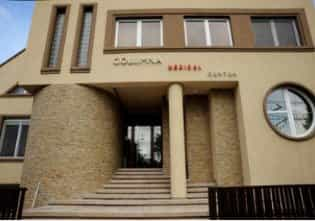





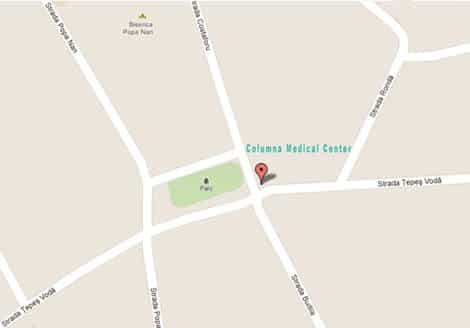

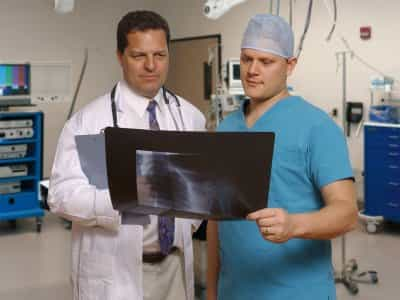

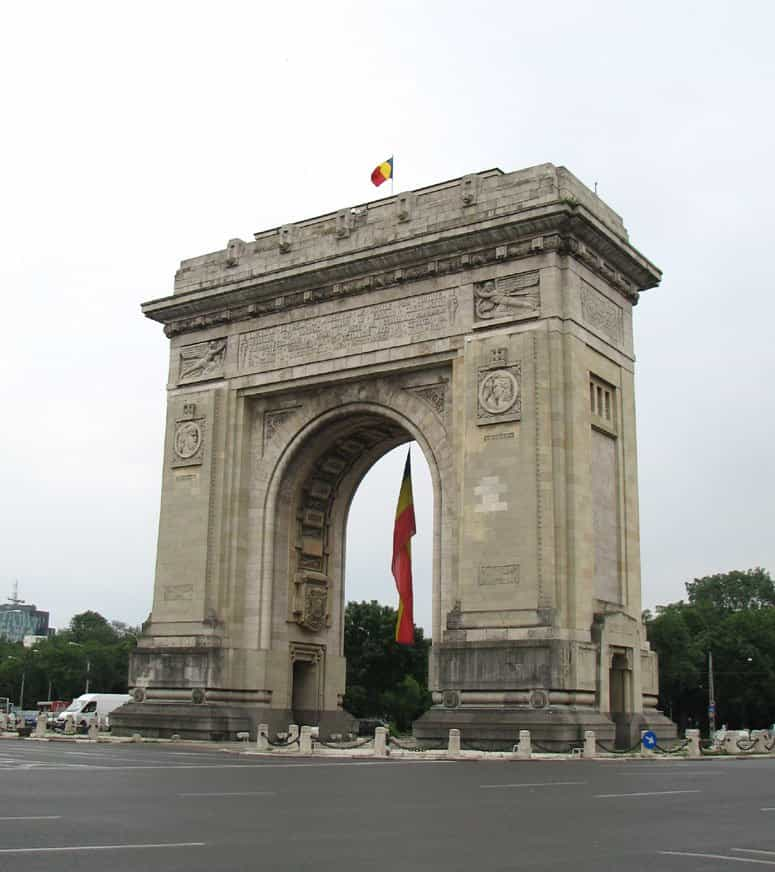







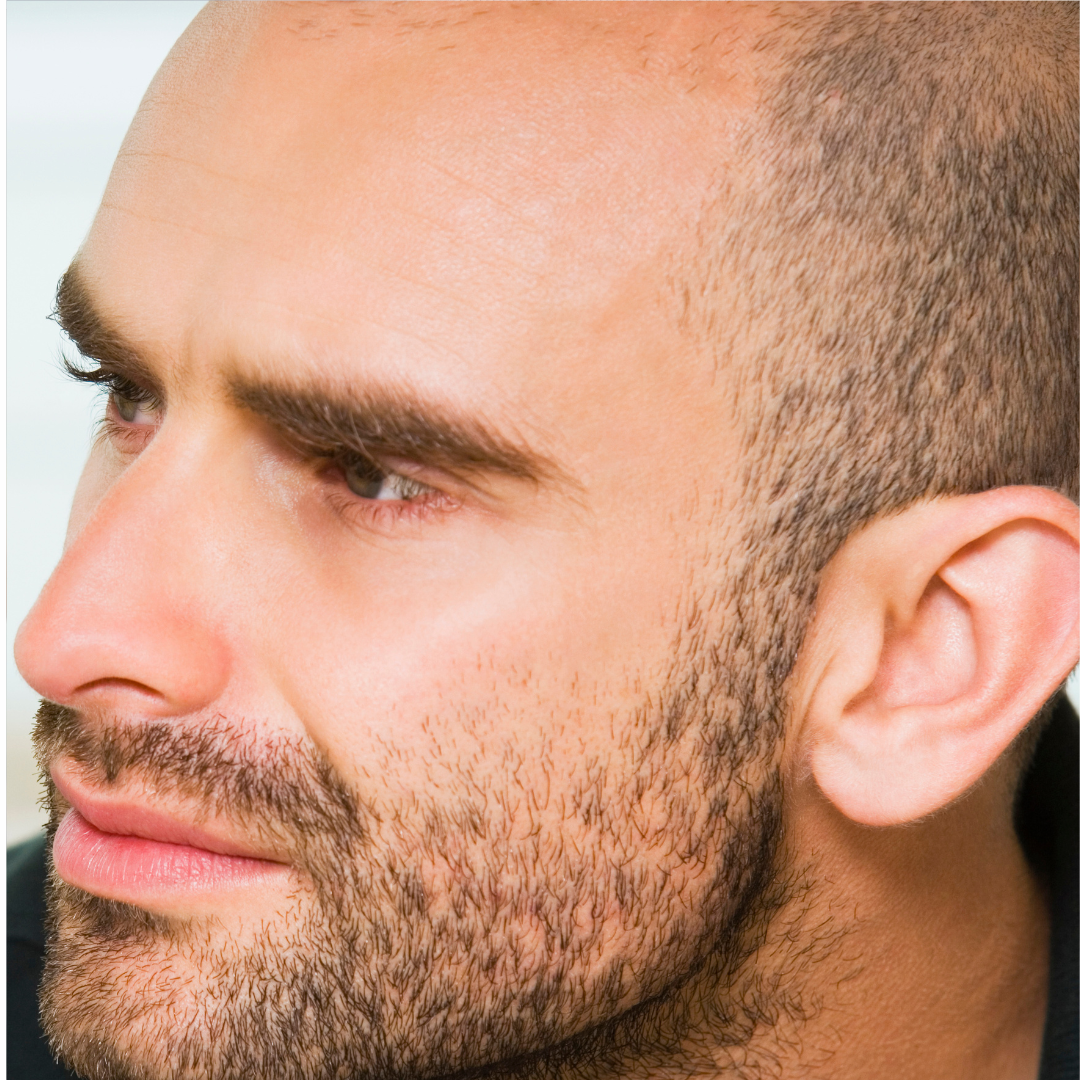
.png)


.png)

.png)
